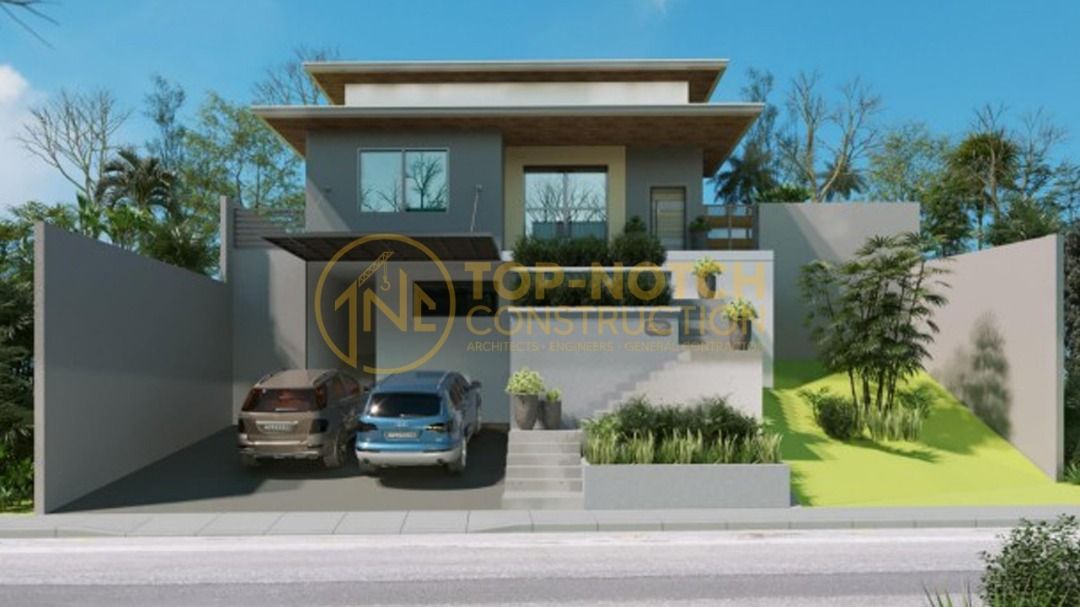Introduction
In the realm of architectural design, tropical design architecture stands out for its unique blend of natural elements and innovative techniques. This article explores the fascinating world of tropical design architecture, where nature and innovation intertwine to create breathtaking spaces that harmonize with their surroundings.
Embracing Nature’s Influence
At the core of tropical design architecture is a deep appreciation for the natural world. Architects draw inspiration from the lush landscapes, vibrant flora, and diverse fauna of tropical regions, integrating these elements into their designs to create spaces that feel connected to the environment. From open-air living areas to expansive windows that frame panoramic views, every aspect of tropical design architecture celebrates nature’s beauty.
Innovative Design Solutions
Innovation is also a driving force behind tropical design architecture. Architects constantly seek out new materials, technologies, and construction techniques to enhance the sustainability, functionality, and aesthetic appeal of their designs. From green building practices to passive design strategies, tropical architects are at the forefront of creating spaces that are not only beautiful but also environmentally friendly and energy-efficient.
Bioclimatic Design Principles
One of the key principles of tropical design architecture is bioclimatic design, which seeks to optimize a building’s performance in response to its local climate. By carefully considering factors such as solar orientation, natural ventilation, and thermal mass, architects can create spaces that remain comfortable and livable year-round, without relying heavily on artificial heating or cooling systems. This approach not only reduces energy consumption but also enhances the overall quality of life for occupants.
Seamless Indoor-Outdoor Living
Another defining feature of tropical design architecture is its seamless integration of indoor and outdoor spaces. From expansive verandas to tranquil courtyards, tropical homes are designed to blur the boundaries between interior and exterior, allowing occupants to enjoy the beauty of nature from the comfort of their own homes. This indoor-outdoor connection not only enhances the sense of space but also promotes natural airflow and daylighting, creating bright, airy, and inviting interiors.
Sustainable Building Practices
In today’s increasingly eco-conscious world, sustainability is a top priority for tropical architects. They strive to minimize the environmental impact of their designs by incorporating sustainable materials, optimizing energy efficiency, and reducing waste throughout the construction process. From reclaimed wood to recycled glass, tropical architects are finding innovative ways to create beautiful, functional, and environmentally responsible spaces that tread lightly on the planet.
Cultural Sensitivity and Contextual Design
In addition to embracing nature and innovation, tropical design architecture also reflects a deep respect for local cultures, traditions, and contexts. Architects work closely with communities to understand their unique needs, preferences, and cultural practices, ensuring that their designs are both responsive and respectful to the people who will inhabit them. This contextual approach not only fosters a sense of belonging and identity but also ensures that tropical architecture remains rooted in its cultural heritage.
Conclusion
Tropical design architecture is a captivating blend of nature and innovation, where lush landscapes, innovative technologies, and cultural traditions come together to create spaces that are both beautiful and functional. By embracing nature’s influence, leveraging innovative design solutions, incorporating sustainable building practices, and honoring local cultures, tropical architects are reshaping the way we live, work, and interact with the world around us. Read more about tropical design architecture




